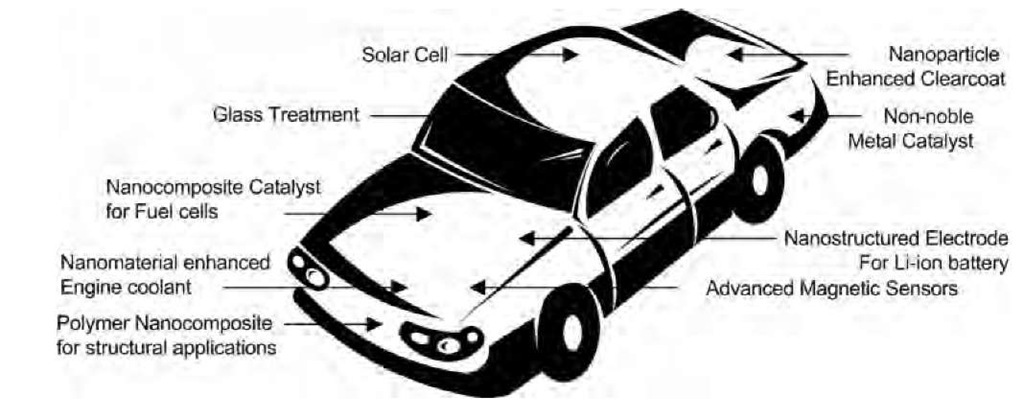Revolutionizing Manufacturing with Nanotechnology
July 11, 2018
With each day, new and better technologies are disrupting the manufacturing industry to help operate their businesses efficiently.
Presently, there is a lot of buzz around the use of nanotechnology that allows manufacturers to build quality products at reduced cost. Materials that are brittle can become incredibly strong, and compounds that are chemically inert can become powerful catalysts. Manipulating these products will lead to a wide range of new products and, as a recent study indicates, these products will have an increase fatigue life by 200 to 300%.
What exactly is nanotechnology? Nanometers is a unit of measurement that is a billionth of a meter. For researchers, nanotechnology refers to the work conducted at extremely small sizes, dealing with dimensions that are less than 100 nanometres like atoms and molecules. In the manufacturing industry, nano-manufacturing is a term used to refer to manufacturing at nano scale.
There are two broad ways to approach the nano-manufacturing—top down and bottom up. A top down approach of the technology reduces materials to the nano scale, leading to the excessive consumption of materials and producing more waste. On the other hand, a bottom up approach creates a final product by building it from the atomic and molecular scales. Though this approach is time consuming, material wastage is minimal.
The effectiveness of nanotechnology can be gauged by its capability to create lighter, sturdier, and safer materials that tolerate greater pressures and weights, leading to improved performance. As nanotechnology creates smaller and lighter crafts, the efficiency will enhance in terms of fuel utilization. With the capability to boost engine efficiency, improvise electronic systems and reduce environmental damage, nanotechnology is here to revolutionize all types of various industries.
The future holds immense promises to the manufacturing industry in terms of nanotechnology, especially in the automotive and aerospace arena. This market is expected to see an impressive growth rate during 2018 to 2024. Future financial support from government organizations are expected to escalate product growth.
America enjoys the current status of being the market leader for the nanotechnology based semiconductor market. As per IndustryARC, the next few years will see America fight for this position as China scales up its Nano manufacturing operations along with Russia. The military R&D in the U.S. is focused at miniature sensors, high-speed processing, unmanned combat aerial vehicles (UCAVs), improved virtual reality training, and enhancement of human performance.
In conclusion, introducing nanomaterials and nanotechnology-based products into either the aftermarket or the OEMs will be challenging. As with anything else, this includes identifying the value chain and being able to deliver on the promised value proposition. Last, but not least, is cost. Cost considerations take center stage when it comes to the automotive market. Products with nanotechnology will cost more. Will the general public be willing to pay for its added benefits?
Graphic Credit: what-when-how.com
